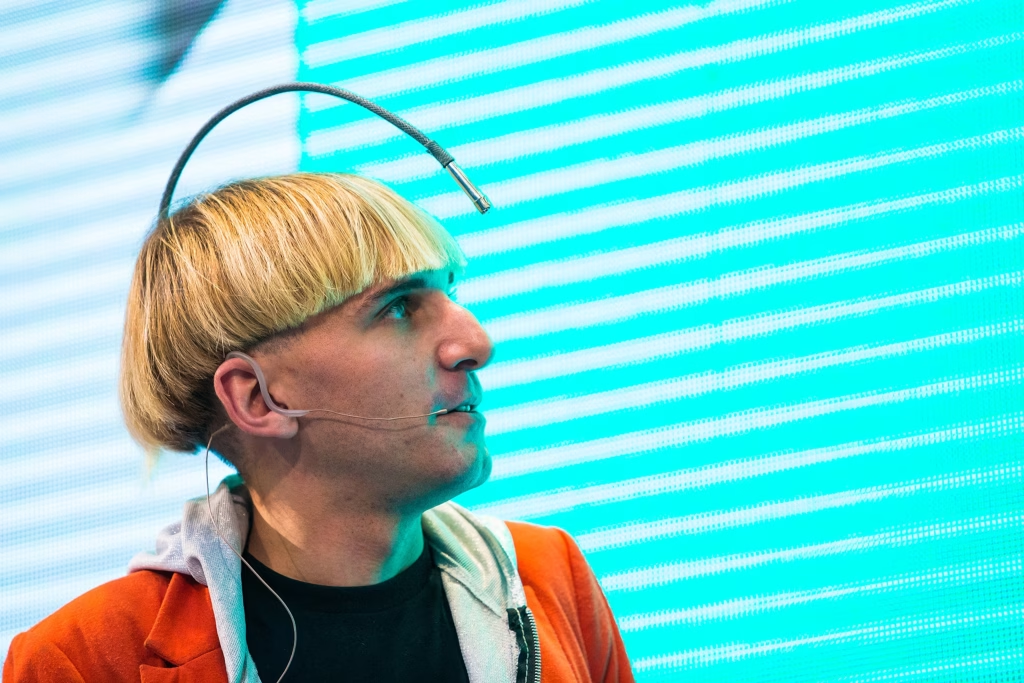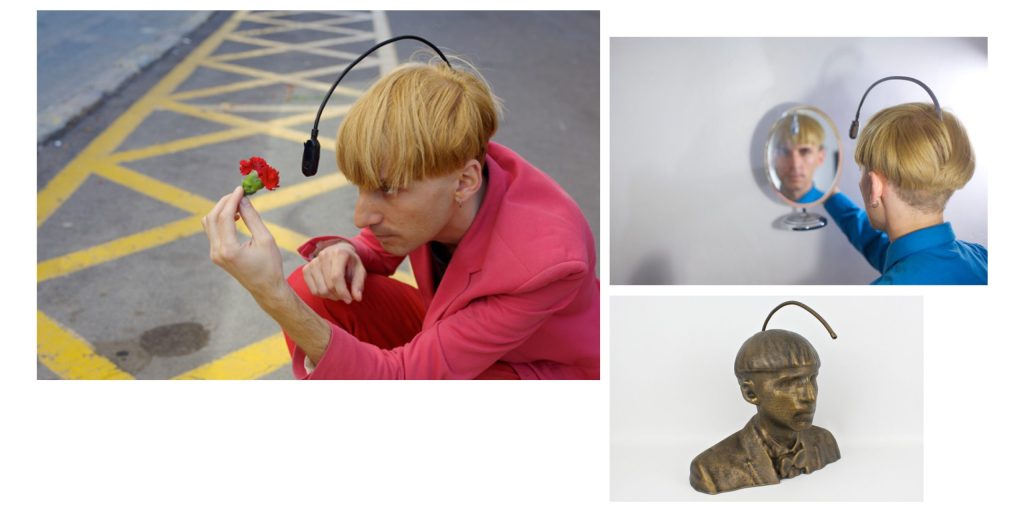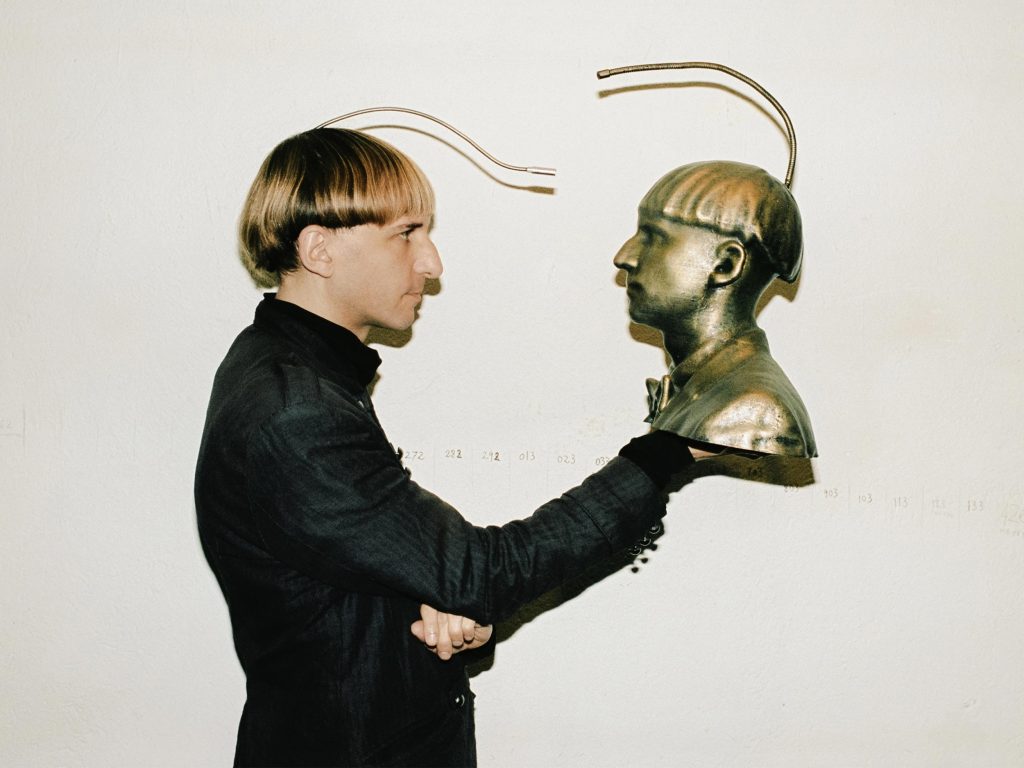MEET NEIL HARBISSON, THE WORLD’S FIRST RECOGNIZED CYBORG WHO TURNED COLOR BLINDNESS INTO A NEW WAY OF EXPERIENCING REALITY
Neil Harbisson has lived his life in a way most of us can barely imagine. Born in London in 1982 and raised in Catalonia, Spain, he entered the world with achromatopsia, a rare condition that left him completely color blind. While most people can at least distinguish shades of grey, Harbisson’s world was only black and white. For many, that limitation would have been an insurmountable challenge, but for Neil, it became the starting point of something extraordinary.

In 2004, at the age of 21, he underwent a procedure that changed his life forever. He had an antenna surgically implanted into his skull. At first glance, it looks futuristic, almost alien, curving out from the back of his head and dangling over his forehead like a third eye. But this device isn’t about aesthetics—it allows him to hear colors. The antenna detects light frequencies and translates them into sound vibrations inside his skull. Suddenly, the world opened up in a completely different way. For Neil, every color, every shade, every invisible wavelength beyond human vision became music.
He doesn’t just hear red or blue as labels. He experiences them as notes, pitches, and symphonies. Infrared sounds like one kind of tone, ultraviolet like another. Even the subtle variations within a color family become unique melodies. Where others see a rainbow arching across the sky, Neil hears a concert. Where most people would stop at a flower shop to admire roses, tulips, and lilies, he hears an orchestra playing through each bloom. His world is vibrant, not through sight, but through sound.

This transformation made Neil more than just someone overcoming a disability. It made him the world’s first officially recognized cyborg. When the British government allowed his passport photo to include his antenna, it symbolized something bigger—that technology and humanity could merge, not in science fiction, but in real life. He wasn’t wearing a device; it was part of him. He often says, “I don’t feel I’m wearing technology—I feel I am technology.”
Neil has used his perception in remarkable ways. As an artist, he creates paintings and musical compositions based not on traditional sight, but on the frequencies of colors he hears. He has even “heard” the sound of famous faces, turning skin tones into notes. In one fascinating twist, he can also perceive things invisible to the human eye, like the ultraviolet of the sun or infrared security sensors. These are not abstractions to him—they are part of his daily experience of the world.

Beyond art, Neil has embraced activism. With Moon Ribas, a fellow cyborg artist, he co-founded the Cyborg Foundation, an international organization that defends cyborg rights and encourages the use of technology as extensions of human senses. Their work challenges society to think differently about disability, identity, and the boundaries of what it means to be human. Why should humans stop at the five senses we are born with? Why not extend them, enhance them, even reinvent them?
But perhaps what makes Neil’s story so powerful is not the antenna itself, but the perspective it gives us. His life reminds us that limitations can be pathways to new possibilities. Where others might have resigned themselves to black and white, he found a way to turn silence into sound, emptiness into music, and absence into presence. His journey sparks questions not only about science and technology, but also about creativity, courage, and resilience.

When you listen to him describe his world, you realize that he doesn’t just want to be an experiment or a curiosity. He wants to inspire. He wants us to see that technology can be more than screens and gadgets—it can become part of who we are, reshaping our relationship with reality. In Neil Harbisson’s story, the future isn’t just coming. It’s already here, embedded in bone, resonating through sound, and humming with color.


